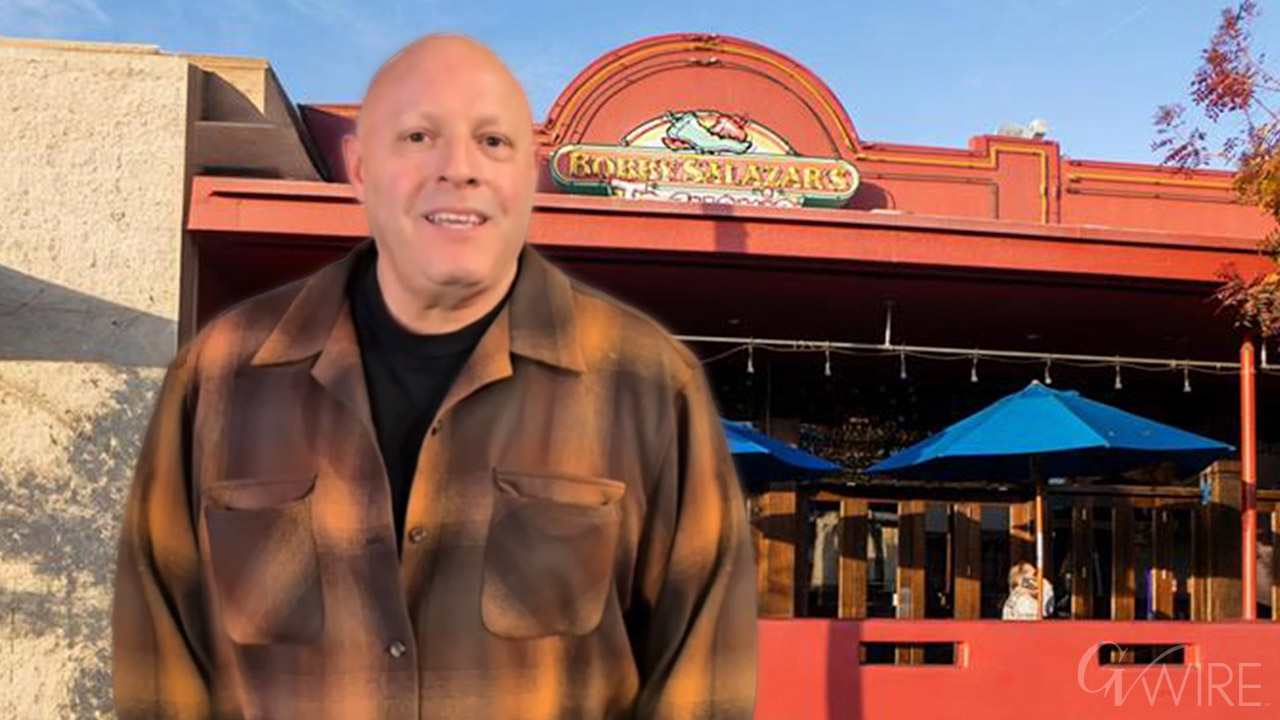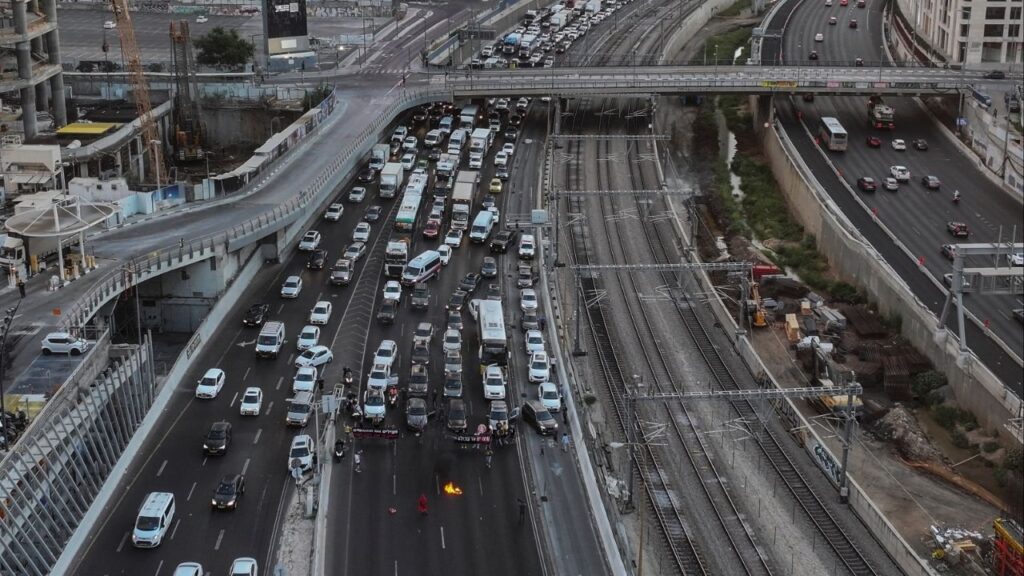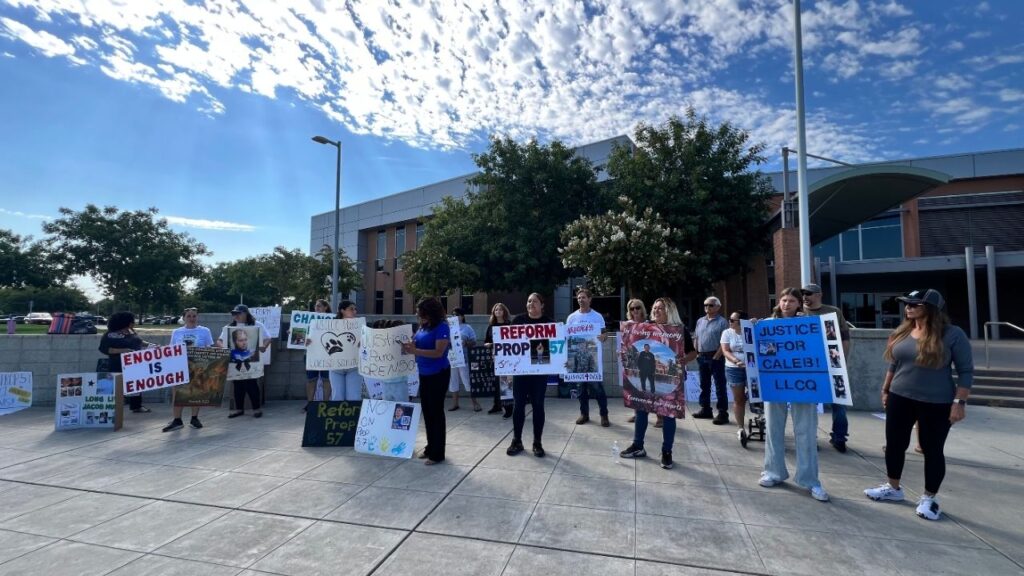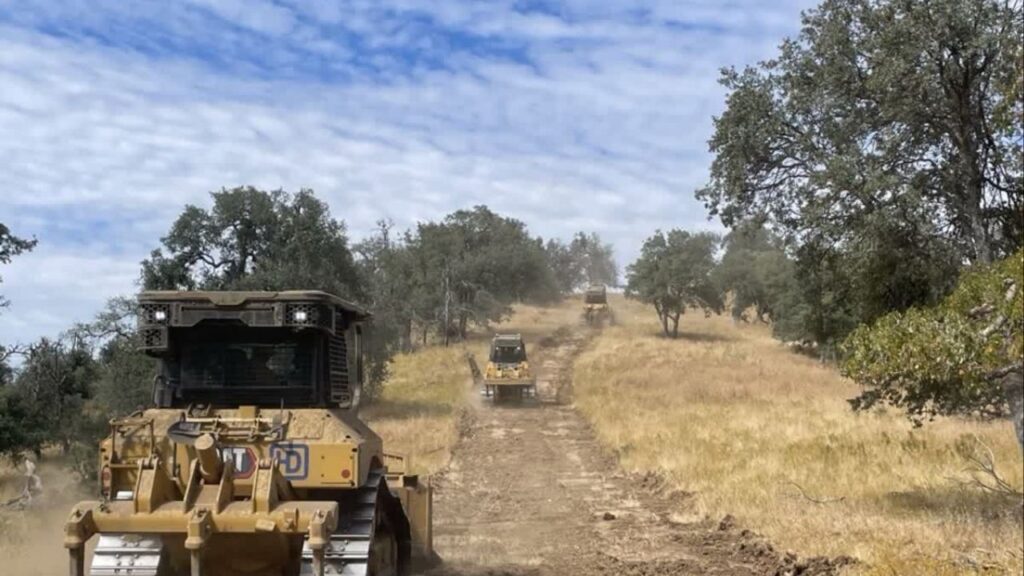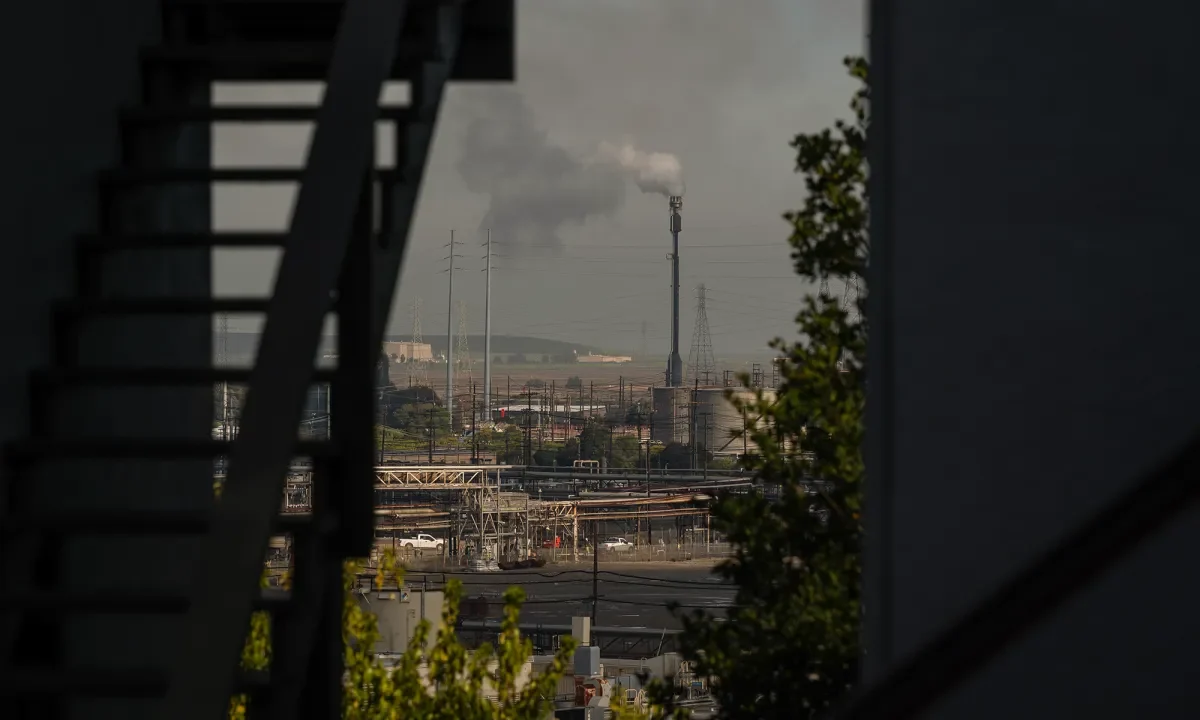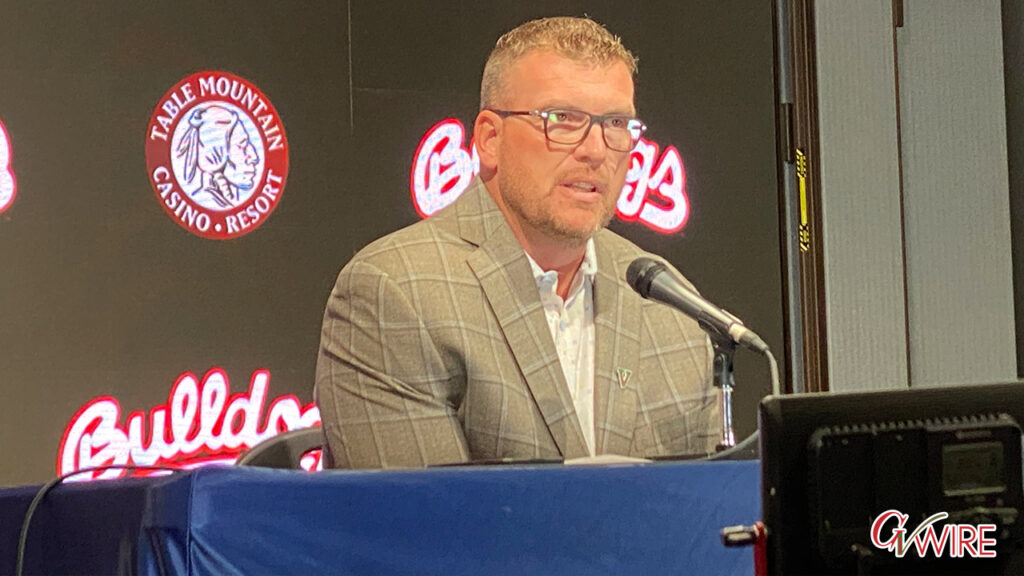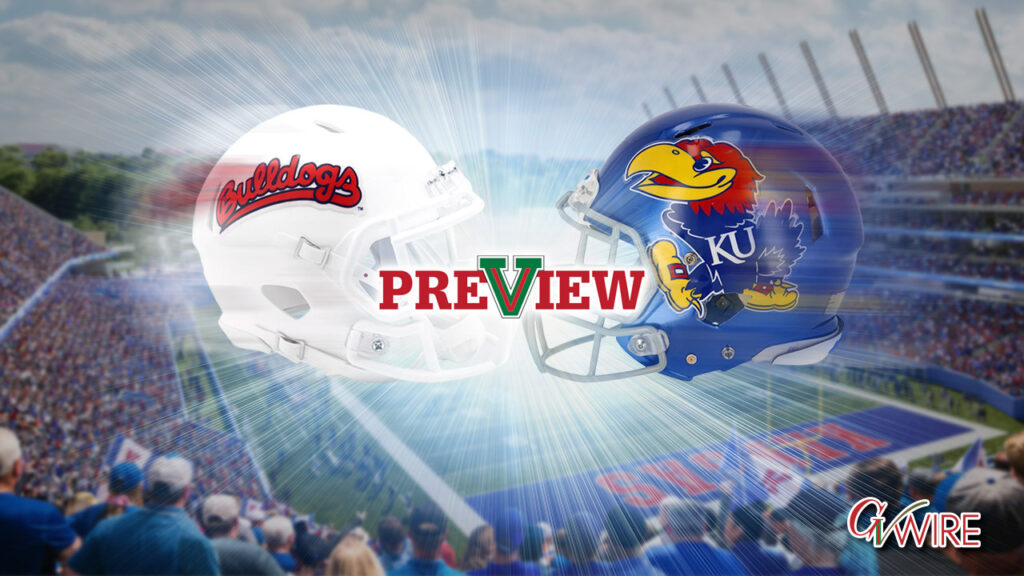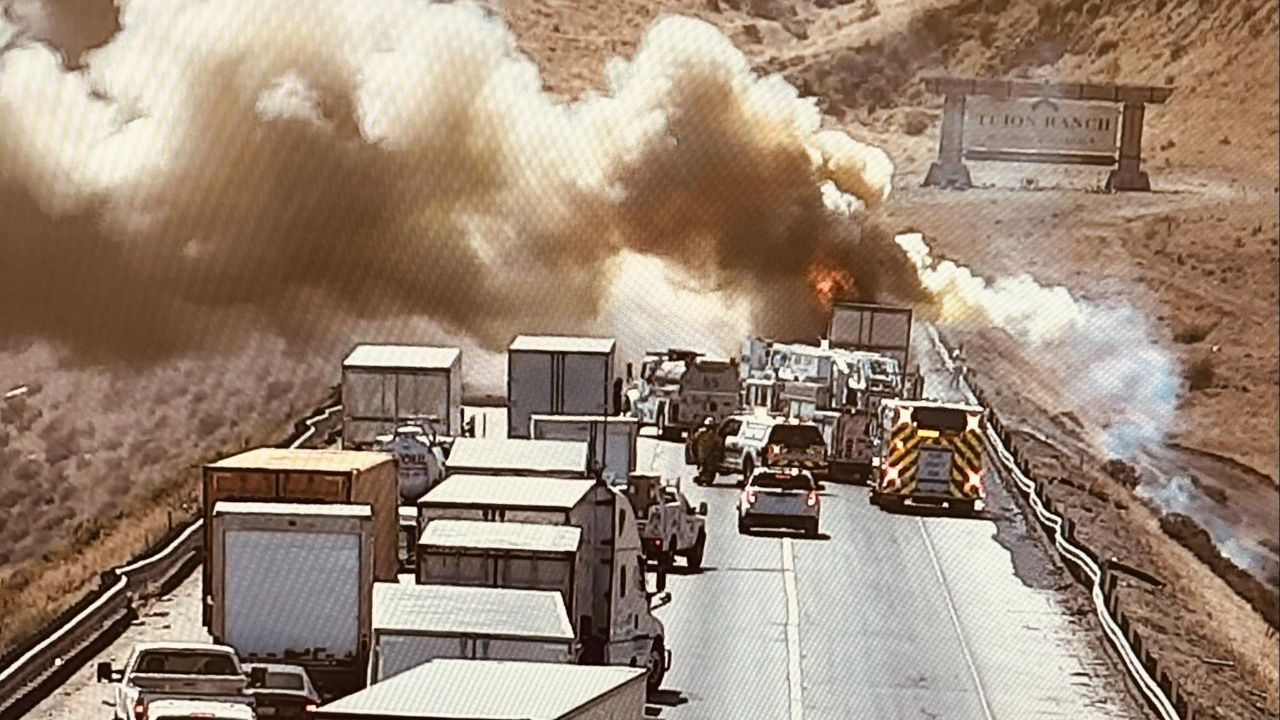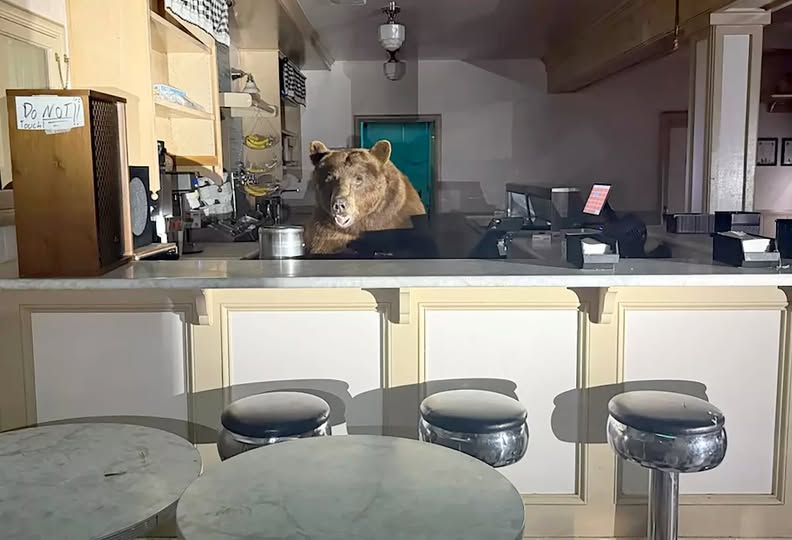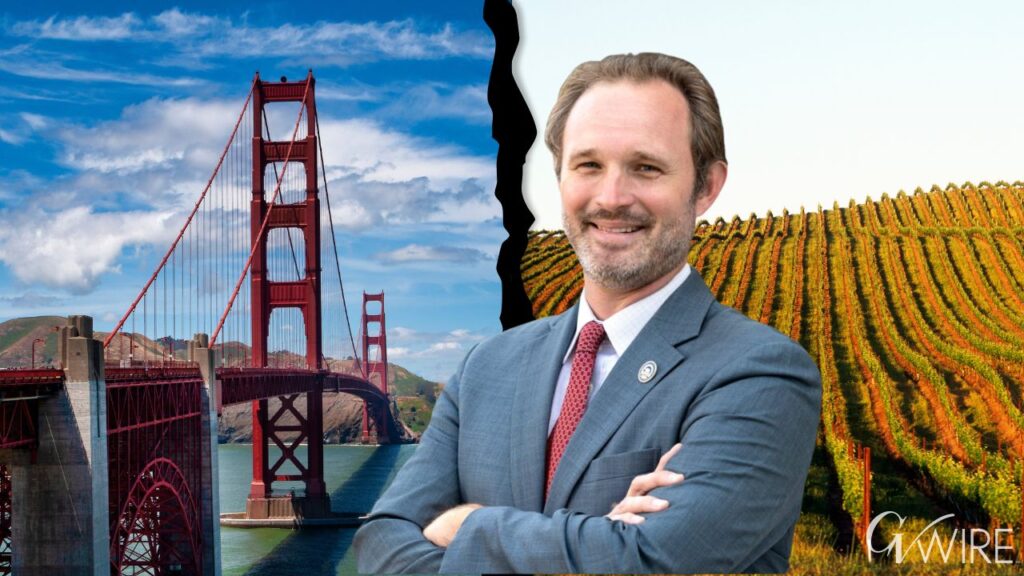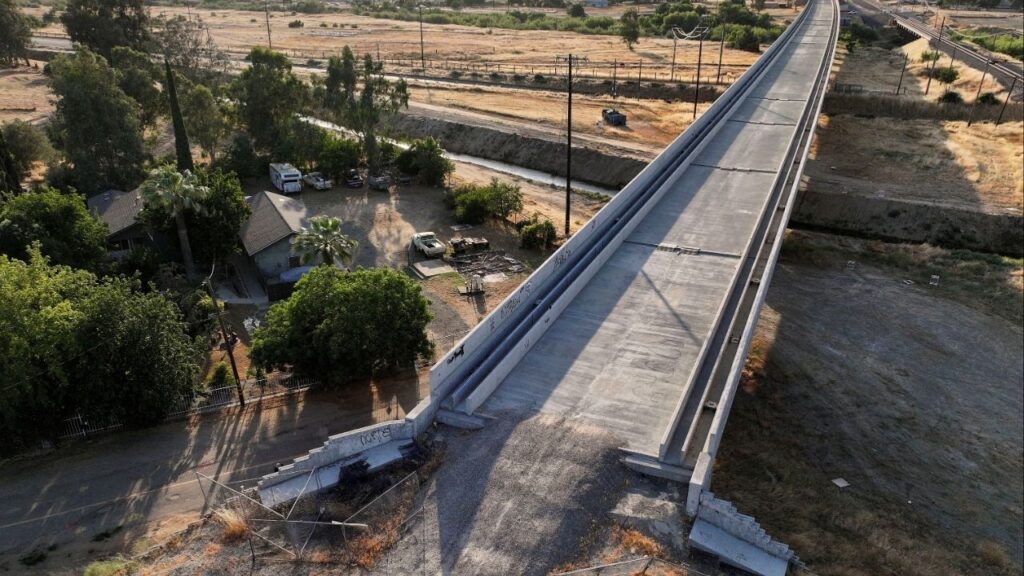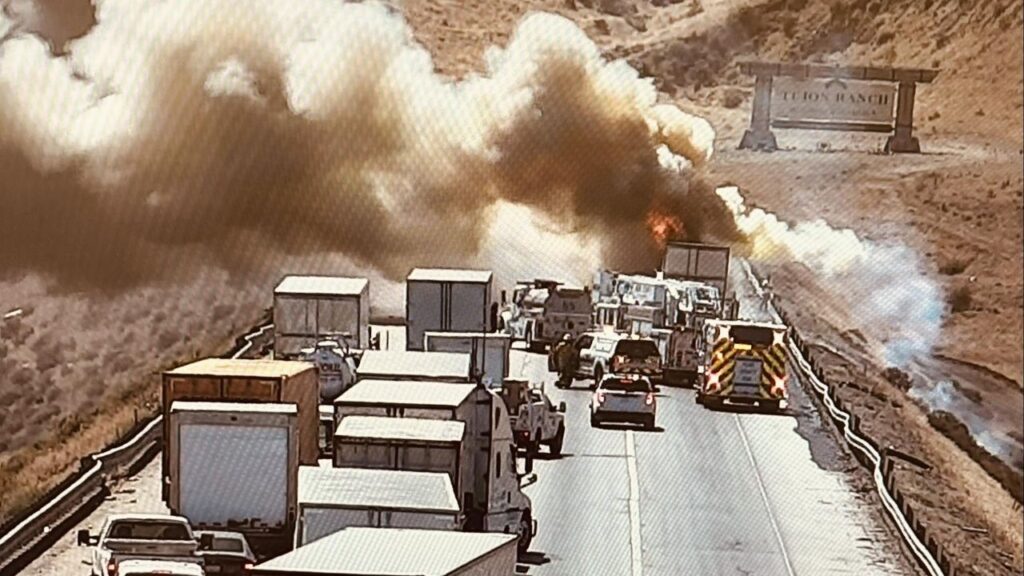[location-weather id="102511"]
Trending
Did Fresno Restaurateur Bobby Salazar Commit Arson? Feds Lay Out Their Case
Bobby Salazar, the popular restaurant owner accused of two counts of arson related to insurance fraud, appeared in Fresno federal court Wedn...
Crime /
2 hours ago
Play Video
Latest
Videos
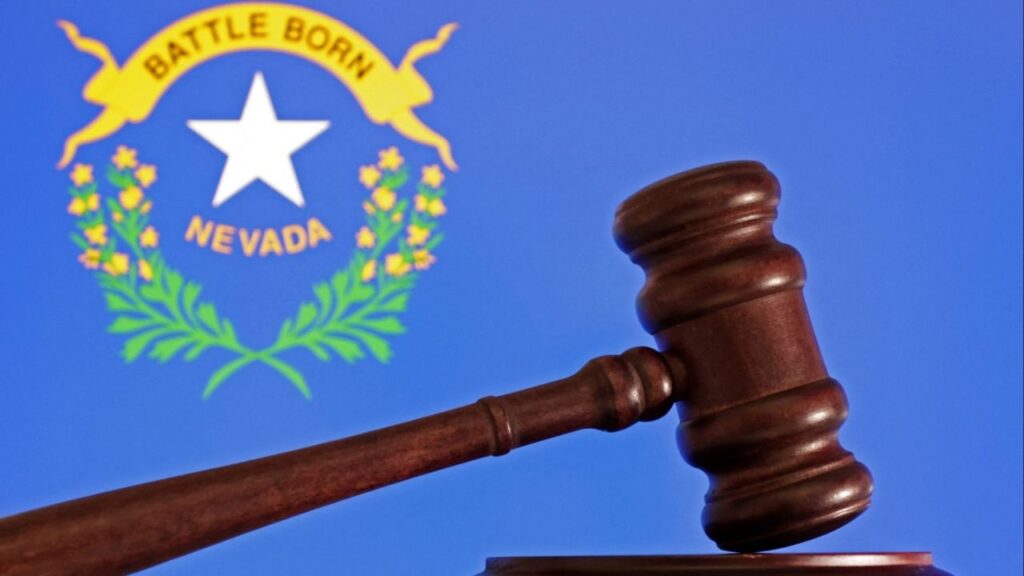
Courts /
20 minutes ago
Israeli Official Accused of Nevada Sex Crime Ordered to Appear in Court via Zoom
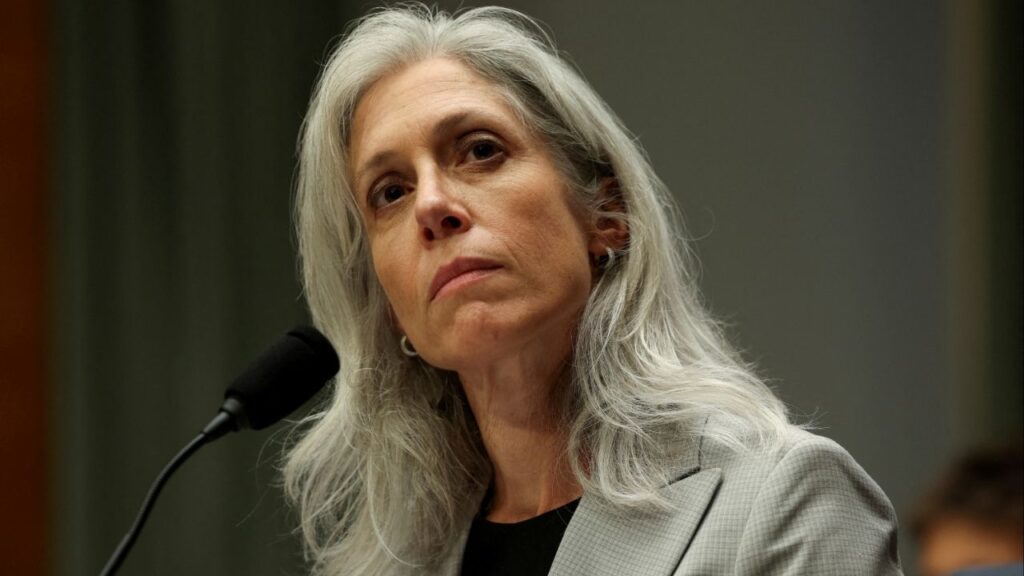
News /
1 hour ago
US CDC Director Ousted Weeks Into Job

Crime /
1 hour ago
Valley Crime Stoppers’ Most Wanted Person of the Day: Mario Garcia

Crime /
2 hours ago
Did Fresno Restaurateur Bobby Salazar Commit Arson? Feds Lay Out Their Case

Crime /
2 hours ago
Hanford Police Arrest Two Teens After Shootouts Leave 17-Year-Old Wounded
Central Valley

Crime /
4 hours ago
Madera Man Faces Federal Charges for Firearm and Fake USPS Keys

Local /
8 hours ago
Fresno County Fatal Collision Under Investigation Near Kerman
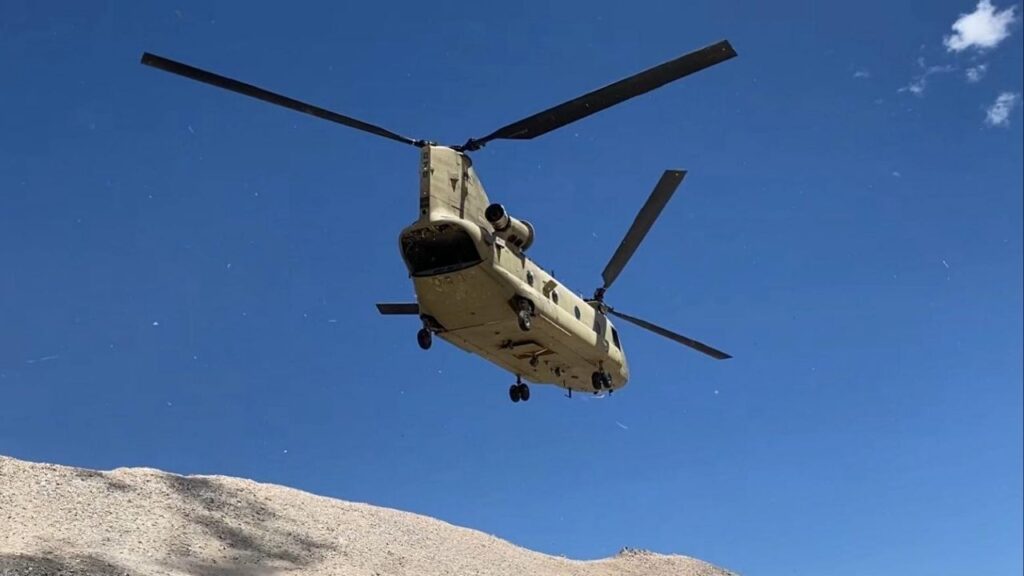
Local /
23 hours ago
California Searchers Pull Off High-Altitude Rescue of Missing Hiker
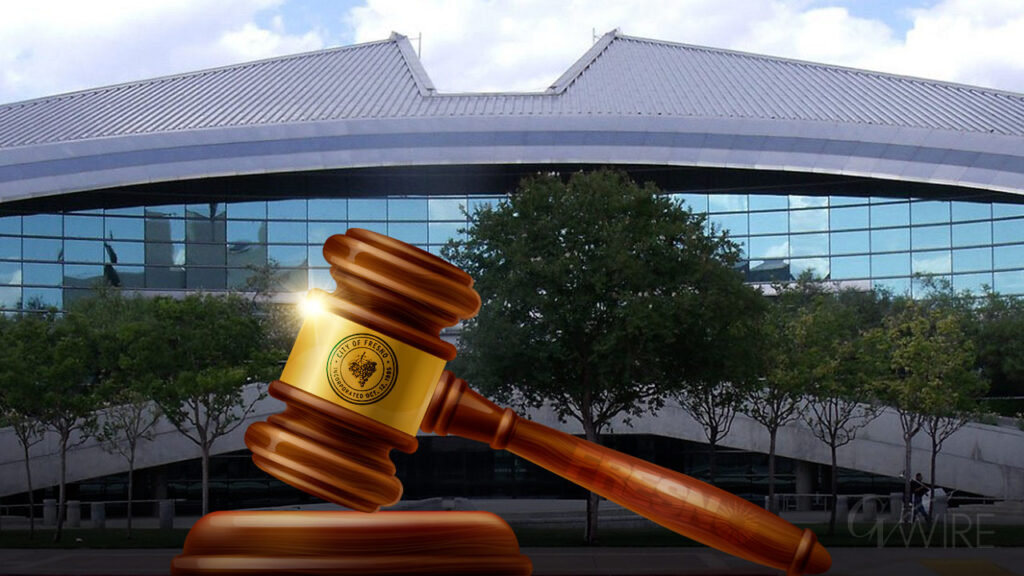
Politics /
24 hours ago
Judge Grants Fresno Temporary Win in Federal Grant DEI Dispute
Videos
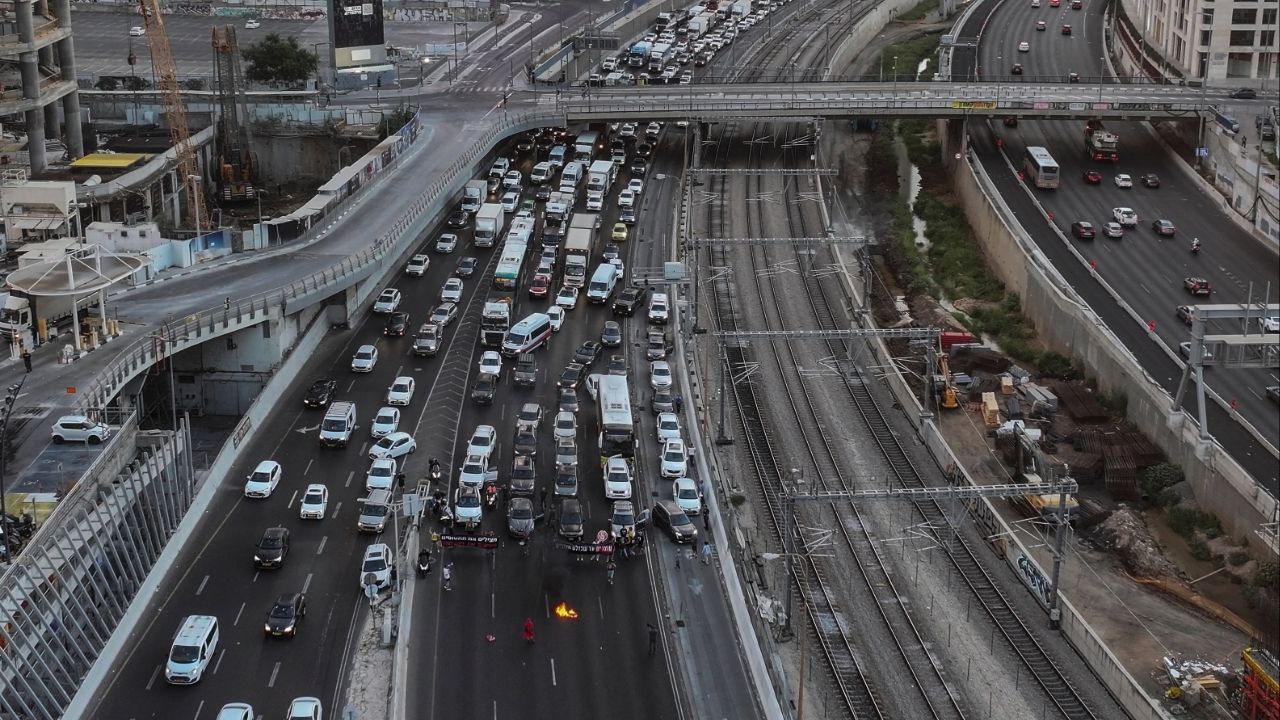
World /
1 day ago
Families Leave Gaza City After Night of Bombardment, Israelis Protest
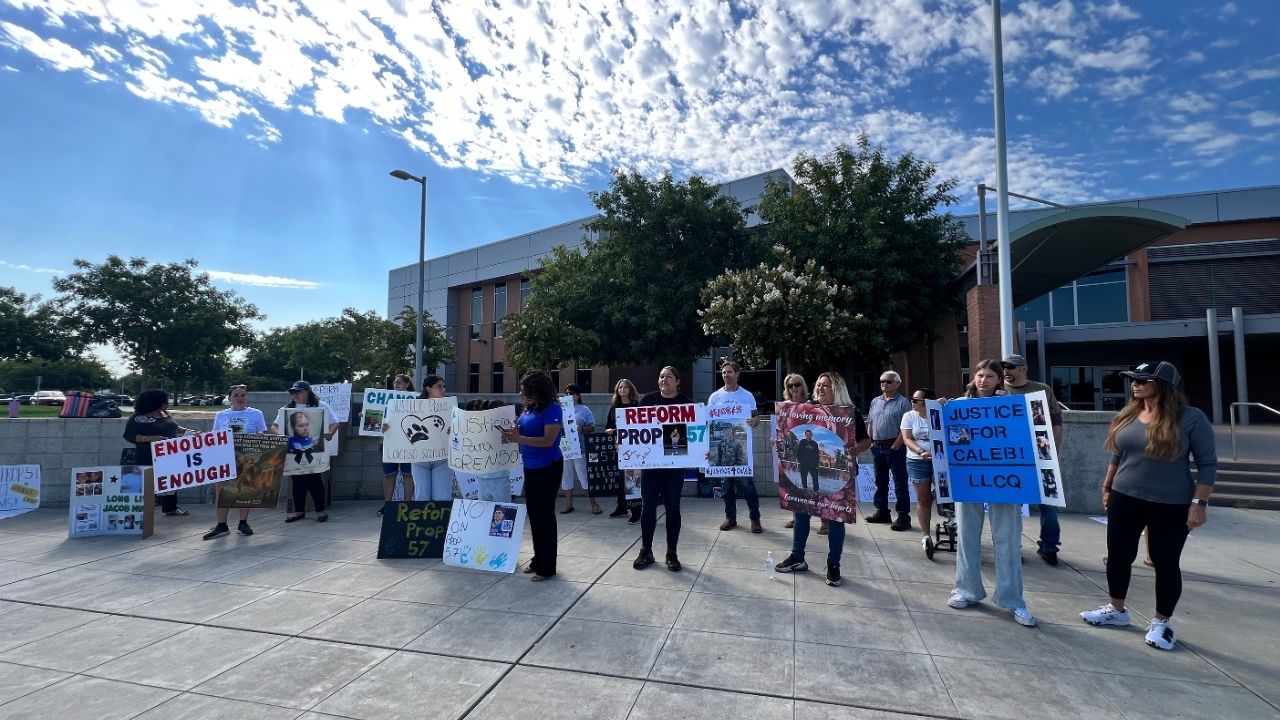
Crime /
2 days ago
Caleb Quick’s Father, Other Parents Protest at Fresno Court to Repeal Prop 57
Education
Commentary
Commentary
Sports

Sports /
1 week ago
Everything Tennis Fans Need to Know About the 2025 U.S. Open
Around the state
Featured
Economy /
4 hours ago
Second-Highest Unemployment Rate Still In California
By Dave Mason
The Center Square
This article was republished from The Center Square. See their article here.
California continues to have ...

Polls /
1 day ago
Poll: Californians Overwhelmingly Reject Trump’s Immigration Policies
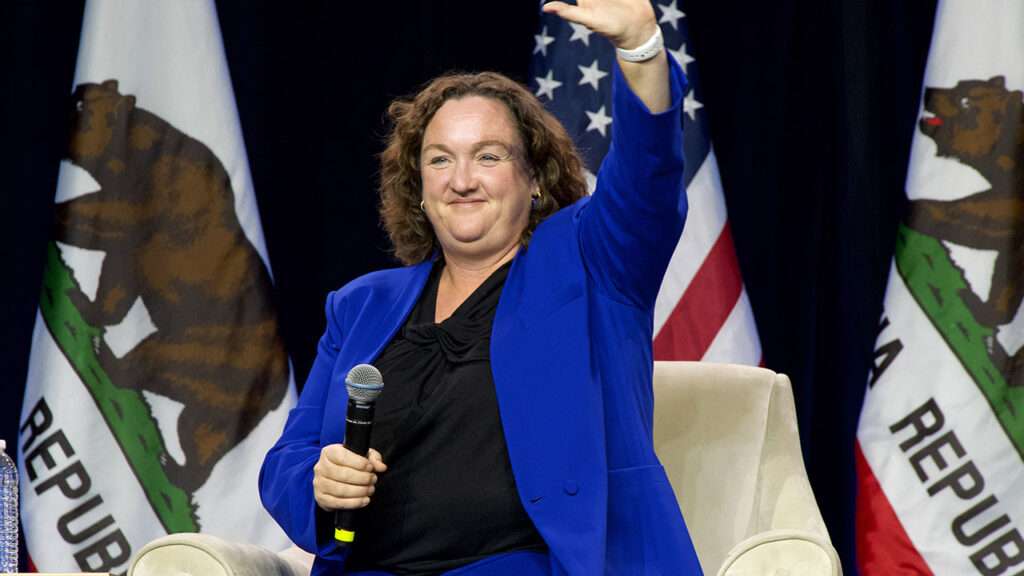
Polls /
1 day ago
Poll: Katie Porter Holds Early Edge in California Governor’s Race
Global View
Israeli Foreign Minister Saar Says There Will Not Be a Palestinian State
World /
2 hours ago
All UN Security Council Members, Except US, Say Famine in Gaza Is ‘Man-Made Crisis’
World /
3 hours ago
Trump Holds Gaza Policy Meeting With Blair and Kushner, White House Official Says
World /
4 hours ago
Planned Visit by US Envoy Sparks Protests in Southern Lebanon
World /
6 hours ago
TikTok Owner ByteDance Sets Valuation at Over $330 Billion as Revenue Grows, Sources Say
Business /
8 hours ago
Israeli Tanks Close in on Gaza City, Trump to Chair Meeting
World /
9 hours ago
Hamas Challenges Israeli Account of Gaza Hospital Casualties
World /
1 day ago
Leaked Audio Reveals Ex-Israeli Intelligence Chief Calling Gaza Deaths ‘Necessary’
World /
1 day ago
MORE NEWS
Entertainment

Events /
6 days ago
Find Out How You Can Watch Sold Out 72-Hour Film Race

Local /
6 days ago


